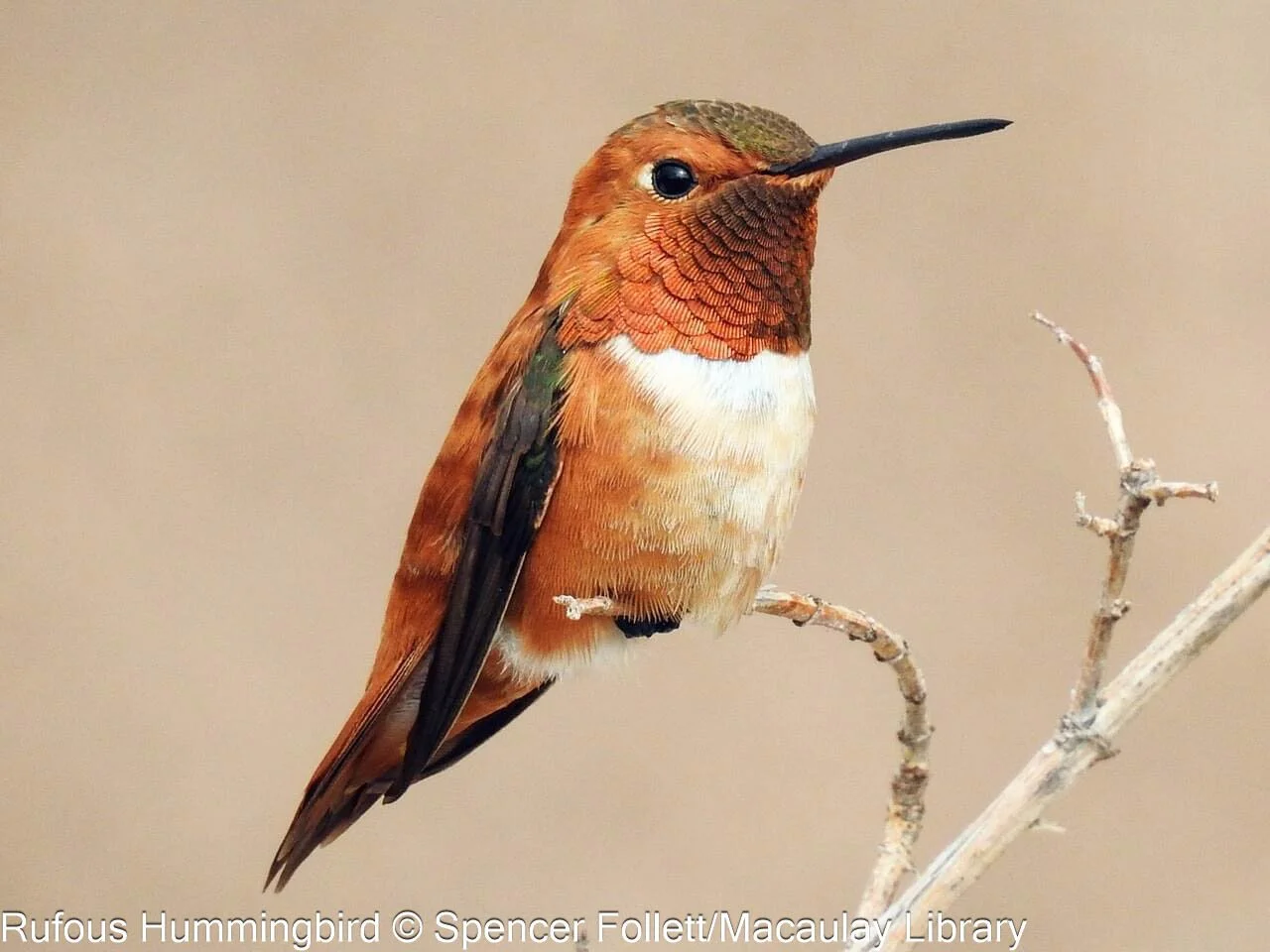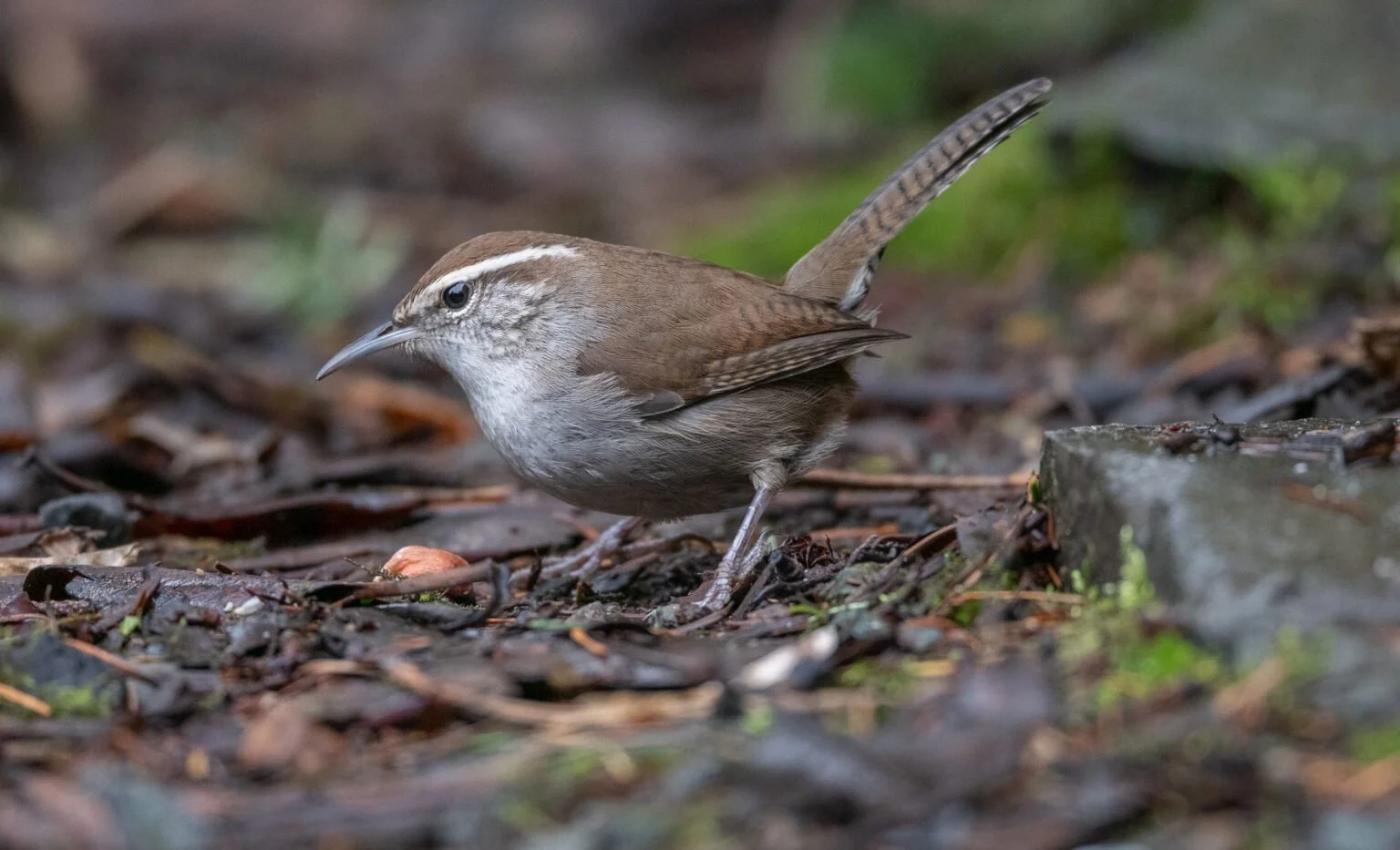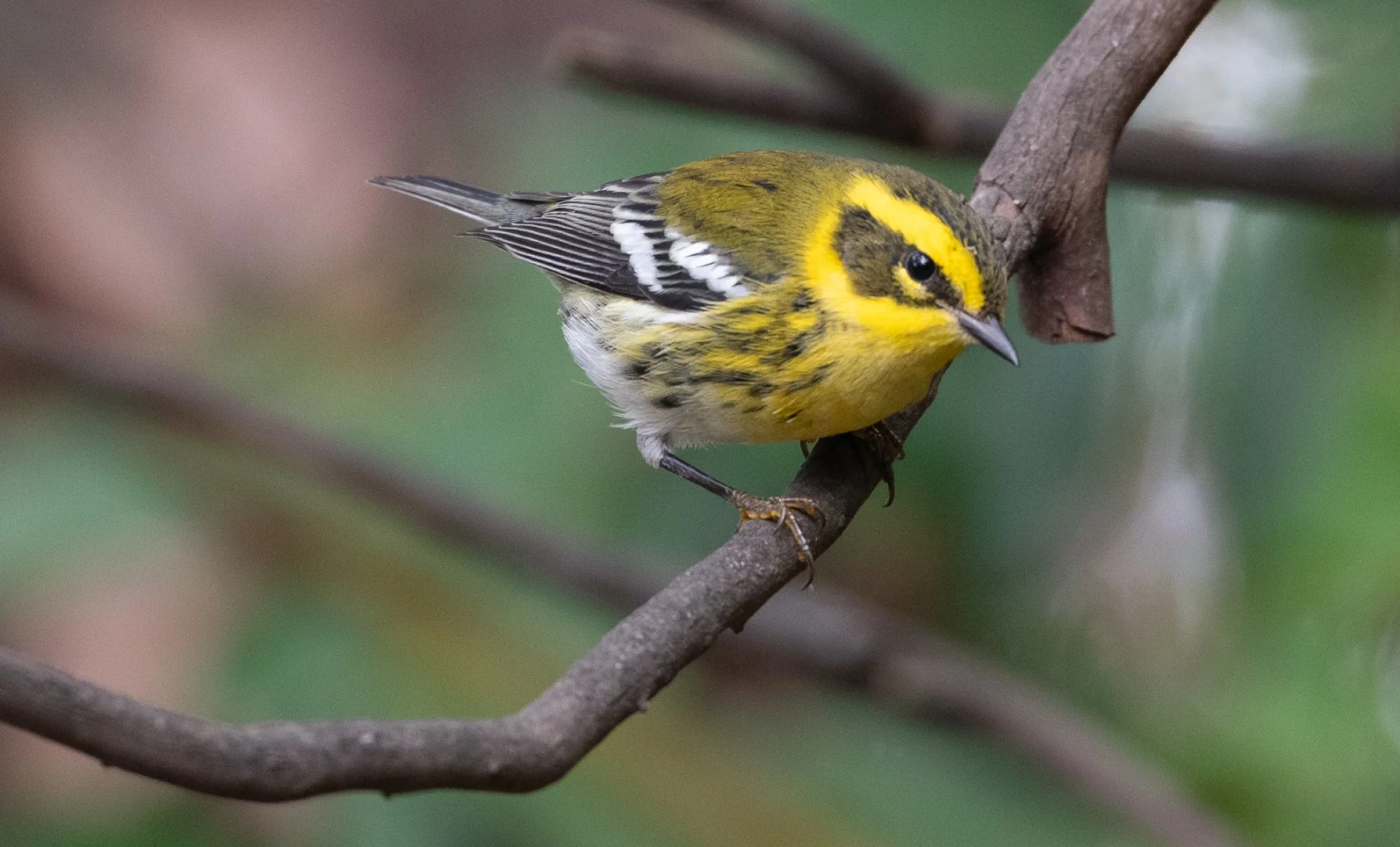Lights Out Washington
At the Washington State Audubon Conservation Committee’s October meeting the chapters unanimously supported Olympic Peninsula Audubon Society’s submitted resolution titled “Lights Out Washington.” The resolution encourages Washington’s Audubon Chapters to participate in National Audubon’s Lights Out Program (Lights Out Program | Audubon). This involves urging individuals, businesses, cities, and counties to redesign and reduce nighttime lighting to limit interference with bird migration. Many birds migrate after dark, and lighting can disorient them, inducing collisions with buildings and other illuminated structures such as radio towers. The resolution also includes a determination to work to reduce bird collisions with windows whether or not the injured birds are migrating.
Birders share an awareness of and real astonishment at bird migration. That a Rufous Hummingbird 4 inches long weighing 0.12 ounces twice annually flies from Mexico to southeast Alaska staggers the imagination, and yet it is just one of many bird species accomplishing such a feat every year. We can make migration easier for these winged wonders by undoing things we have done that make their journey more perilous. At a time when I hope we are all looking for positive things we can do to conserve bird species, here are some things: redesign and reduce artificial lighting interfering with bird migration, and related, reduce opportunities for birds to collide with our windows.
There are actions to take at home right away without a county-wide Lights Out effort. For a short list of lighting considerations for your home, go to Lights Out! — Pilchuck Audubon Society where our friends at the Audubon chapter in Snohomish County have posted good ideas. To follow up on the October resolution we also need to take a bigger look at our community. At this point we don’t know to what degree light at night might be a problem for birds migrating over Skagit County. People don’t inform Skagit Audubon about birds they might observe appearing confused by lights around buildings, industrial areas, or communication towers then colliding with them or flying in circles until exhausted. If you know of particular problem areas of this sort, please write me (conservation@skagitaudubon.org). When we have a sense of whether there are such problem locations, we can convene a small committee of Skagit Audubon members interested in working on this issue and draft an action plan to address it. There are examples to emulate from other Audubon chapters as described at Lights Out Program | Audubon.
Bird collisions with windows
A U.S. Fish & Wildlife Service study estimates that a billion, not a million, a billion, birds each year die from collisions with structures. The problem of bird collisions with windows is familiar to many of us because we witness it at home. National Audubon has advice on what you can do at your residence: Reducing collisions with glass | Audubon. The American Bird Conservancy’s website goes into greater depth about measures to reduce collisions: Glass Collisions - American Bird Conservancy. This is another area where Skagit Audubon has little or no data and no systematic information. We don’t know which buildings and other structures in our community may be posing collision hazards for birds. If there are non-residential buildings in Skagit County where you have seen dead birds beneath windows, please let me know (conservation@skagitaudubon.org). We need data to establish whether a Skagit Audubon effort is needed beyond providing remedies for home use.
Great bird migration websites
Our focus in this effort is particularly, but not only, on birds during spring and fall migration. When April rolls around, begin regularly checking Bird Cast (https://birdcast.info/), which uses weather radar to generate real-time maps of bird migration. It’s amazing. Also check out National Audubon’s Bird Migration Explorer for maps of migration by specific species based on eBird and MOTUS transmitter data.
Please contribute information
So, please send me your suggestions and what information you may have about buildings, other structures, street lighting, etc. with upward directed and perhaps excessive night-time lighting (conservation@skagitaudubon.org). Please also send information about buildings and other structures where you have seen birds likely killed in window collisions. At home and in our larger community we can make conditions safer for birds year-round and especially those engaged in the incredible feat of migration.
Photo credit: Rufous Hummingbird by Spencer Follett/Macaulay Library





